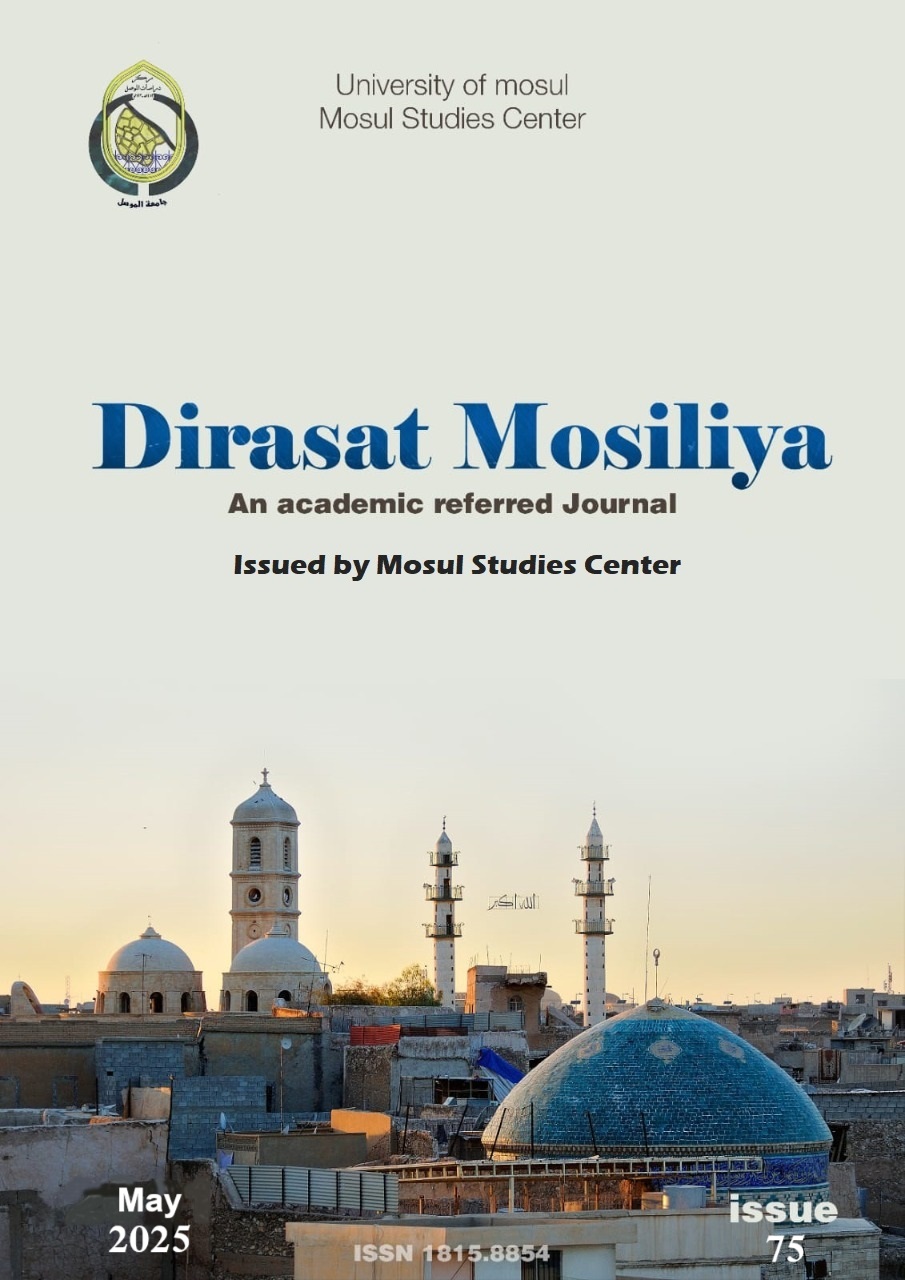Demographics elements and it places of distribution in Al-Djazīra during (4th and 5th AH / 10th and 11th AD century)
Abstract
Al-Djazra is characterized by several elements that made it a home for man since ancient times. The geographical location, abundant waters and fertile land helped the residents to settle there, so they established prosperous civilizations whose monuments have remained until the present time, and they indicate the greatness of its history. The island was a safe ground that stabilized many of the people. The most important demographicelements:
First: Arabs: Arabs settled in the island as a groups of tribal, namely: Bakr, Rabia and Mudar. These tribes settled in three main areas based on the riverbeds in them as the center of human activity and the first area inhabited by the Arabs between the Tigris and Khabur rivers, which was called Rabiahs home, and the second area, located east of the Tigris and north of the Al-Djazra, was called Diyar Bakr, and the third area between Khabur and the Euphrates was called Diyar Mudar.
Second: The Syriacs: The Syriacs inhabited Al-Djazra and they are the remnants of the Aramaeans, and they were called the Syriac after their conversion to Christianity. Al-Djazra also formed an important center for them during long ages, and the most important areas of their presence were in Mosul, Edessa, Nusaybin, Tur Abdin, Sinjar, Mardin, Arzan and Harran.
Third: The Kurds: The Kurdish element is part of the demographicelements of Al-Djazra, and most of the Kurdish tribes used to move inside and outside the island, and their traditional area of movement was the area between Zabin, Shahrazour, and the mountain region. The city of Erbil is the most important center for the Kurds' stability.
Fourth: The Jews constituted the fourth component of the population that settled Al-Djazra, where they concentrated their presence in Djazirat Ibn Umar, Nusaybin and Mayafariq, but their numbers were very small compared to the rest of the other inhabitants.




